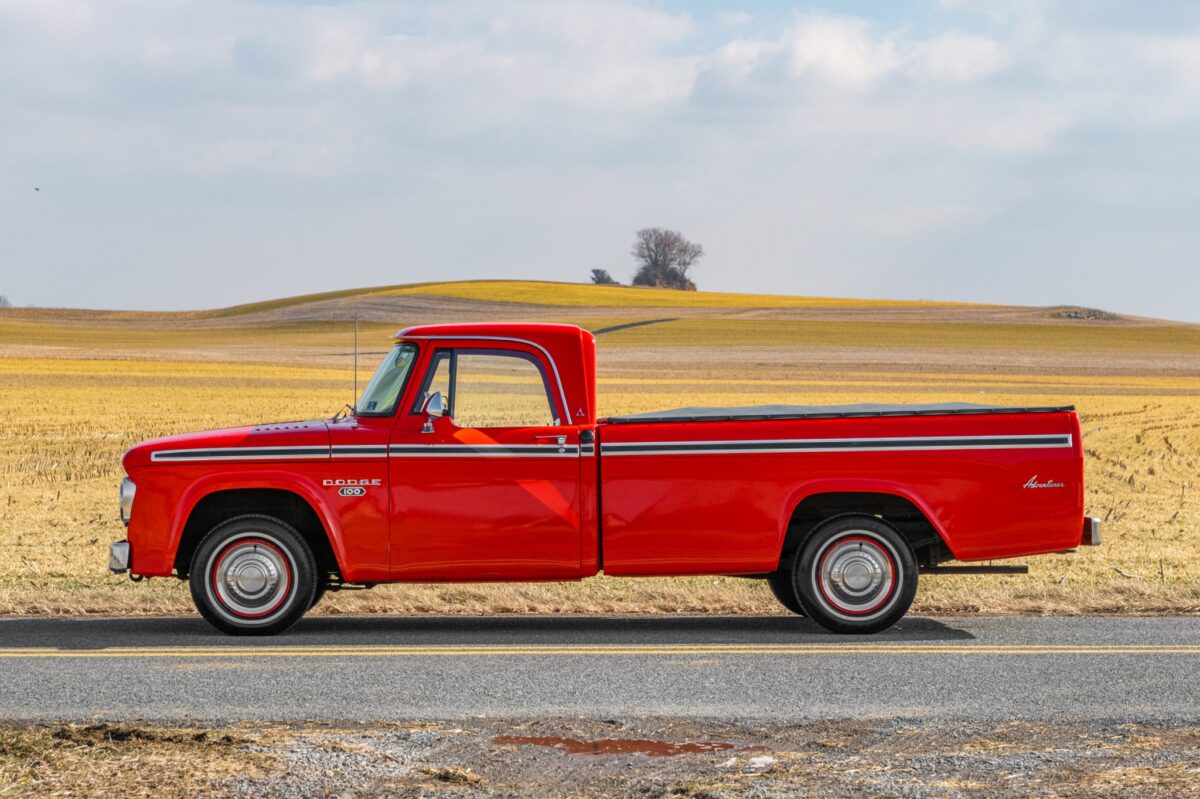Ben Welham
February 4, 2025

Ben Welham
February 4, 2025

Old pickup truck - Bring A Trailer
"Trucks were no longer just workhorses; they were evolving into family-friendly vehicles that could do it all"
While it may not seem so, they have.
Not only are they larger and heavier, but they’re also packed full of far more tech.
From standard doors to innovative multi-function solutions, the evolution of door design reflects the broader changes in the pickup truck industry.
In the early days of pickup trucks, door designs were purely functional.
Popular trucks like the original Ford F-Series and Chevrolet Advance Design featured basic, single-panel doors with simple latches.
These designs were straightforward, meant to withstand rough use on farms, construction sites and other demanding work environments.
There was little emphasis on luxury or innovation – durability was the priority.
The introduction of the crew cab in the 1950s and ’60s marked a turning point in door design.
Trucks were no longer just workhorses; they were evolving into family-friendly vehicles that could do it all.
This shift required an expansion of door functionality, giving rise to four-door configurations like those seen in the Dodge D100 or later models of the Chevrolet C/K series.
The additional doors provided easier access to rear seating, marking the beginning of trucks being used for both work and personal transportation.
A unique and memorable innovation came in the form of “suicide doors.”
Trucks like the early 2000s Ford F-150 SuperCab and certain models of the Chevrolet Silverado introduced rear-hinged doors that opened in the opposite direction of the front doors.
This design made loading cargo or accessing the rear seats more convenient, especially in tight spaces.
While not a long-lasting trend, suicide doors added an element of bold, practical innovation to truck designs.
If you want suicide doors now, you have to buy a Rolls-Royce. And we don’t quite think they’re as durable off-road as a truck…
Today, the evolution continues with brands like RAM, Ford and GMC introducing multi-functional doors that cater to both work and leisure.
The RAM 1500’s “RamBox” storage system and GMC’s MultiPro tailgate demonstrate how door designs have become an integral part of utility and convenience.
Ford’s F-Series also offers a range of door configurations tailored to different cab sizes, making modern trucks adaptable to various needs.
As electric pickups like the Rivian R1T and Ford F-150 Lightning enter the market, door designs are expected to integrate more advanced technology, from automated opening mechanisms to enhanced aerodynamics.
Pickup truck door design is now a key component in defining the overall look and feel of the vehicle, proving that even the smallest details can play a big role in innovation.
From classic simplicity to cutting-edge functionality, pickup truck door designs have continually evolved to meet the needs of drivers, blending practicality with style in increasingly innovative ways.